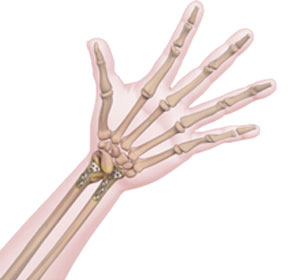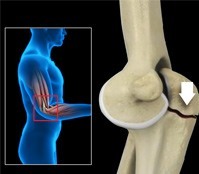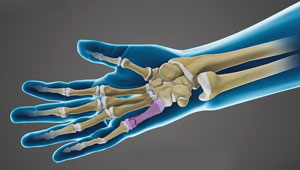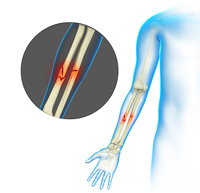- Wrist Fracture

The wrist is comprised of two bones in the forearm, the radius and ulna, and eight tiny carpal bones in the palm.
Know More - Elbow Fractures

The arm in the human body is made up of three bones that join to form a hinge joint called the elbow. The upper arm bone or humerus connects from the shoulder to the elbow to form the top of the hinge joint. The lower arm or forearm consists of two bones, the radius and the ulna.
Know More - Fractures Of The Hand And Fingers

A fracture is a break in the bone, which occurs when force greater than the bearable limit is applied against a bone. The most common symptoms of any fracture include severe pain, swelling, bruising or bleeding, deformity and discoloration of the skin and limited mobility of the hand.
Know More - Supracondylar Humerus Fractures

A pediatric supracondylar fracture is a break in the distal end of the humerus or upper arm bone just above the elbow joint in children.
Know More - Radial Head Fractures

Radial head fractures are very common and occur in almost 20% of acute elbow injuries. Elbow dislocations are generally associated with radial head fractures. Radial head fractures are more common in women than in men and occur more frequently in the age group of 30 to 40 years.
Know More - Adult Forearm Fractures

The forearm is made up of 2 bones, namely, the radius and ulna. The primary function of your forearm is rotation i.e., the ability to turn your palm up and down. The fracture of the forearm affects the ability to rotate your arm, as well as bend and straighten the wrist and elbow.
Know More - Distal Radius Fractures

The forearm consists of two bones, the radius and ulna. The radius is the larger of the two forearm bones, and the region towards the wrist is called the distal end.
Know More







